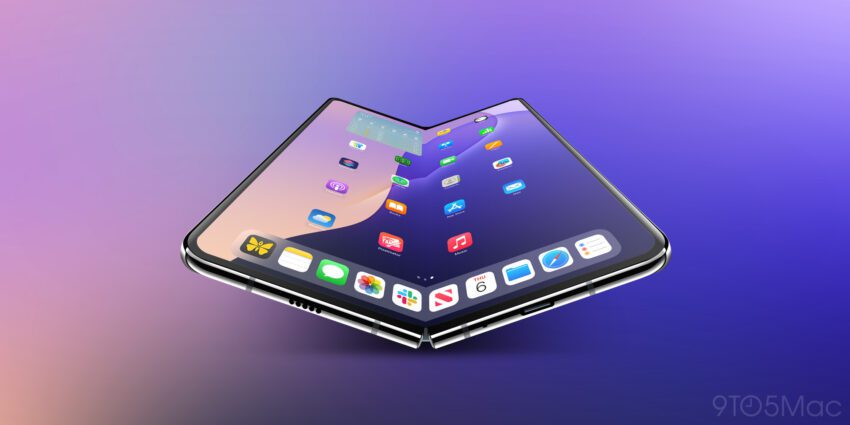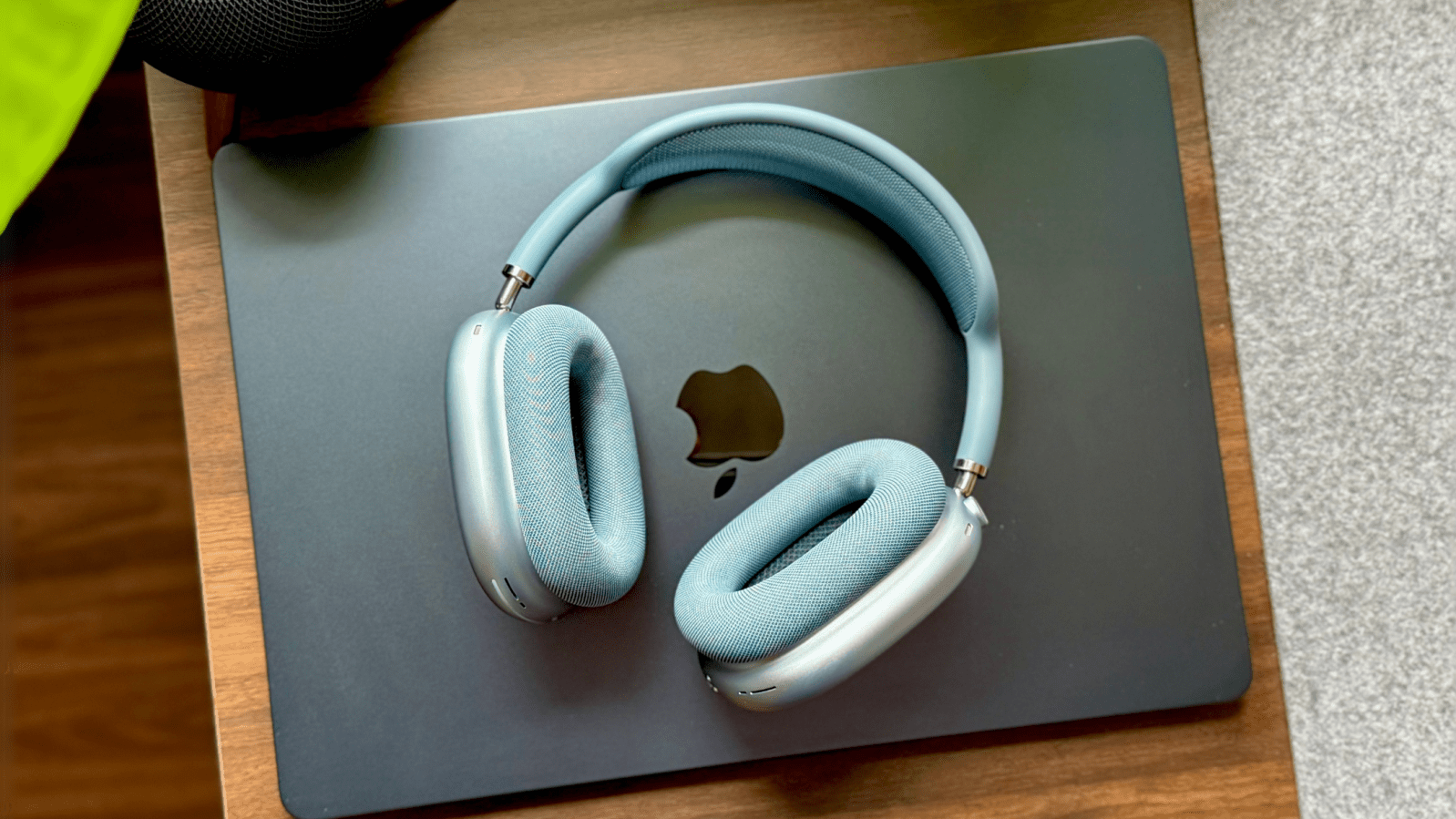
Apple is reportedly set to launch a foldable iPhone next year, featuring a total of four cameras and an in-house cellular modem.
Details from Bloomberg’s Mark Gurman
In the latest edition of his Power On newsletter, Bloomberg’s Mark Gurman provided new insights into Apple’s much-anticipated foldable iPhone. This device is expected to transform the smartphone landscape, following the trend set by various Android manufacturers. Gurman’s report highlights several key features that may define the foldable iPhone’s functionality and user experience.
Design and Display
The foldable iPhone will adopt a design that opens like a book, a characteristic feature of many existing Android foldables. This design choice aims to maximize the screen real estate available to users, allowing for a larger inner display that can enhance multitasking and media consumption. The outer display, while smaller, will serve essential functions such as notifications and quick access to apps.
Camera Capabilities
One of the standout features of the upcoming foldable iPhone will be its camera system, which will include a total of four cameras:
- One front-facing camera
- One rear-facing camera
- Two additional rear cameras
This configuration suggests that Apple is prioritizing photography and videography capabilities, aligning with the growing consumer demand for high-quality mobile photography. The inclusion of multiple lenses could provide users with various shooting options, enhancing their ability to capture images in different settings and conditions.
Biometric Security with Touch ID
In terms of security, the foldable iPhone will incorporate Touch ID technology for biometric authentication. This feature allows users to unlock their devices and authorize transactions securely using their fingerprints. While Face ID has been the primary biometric solution in recent iPhone models, the return of Touch ID may appeal to users who prefer fingerprint recognition, especially in situations where Face ID may be less effective, such as when wearing masks or in low-light conditions.
Connectivity with Apple’s In-House Cellular Modem
Another significant aspect of the foldable iPhone will be its use of an Apple in-house cellular modem. This move aligns with Apple’s broader strategy to reduce reliance on third-party suppliers for critical components. By developing its own modem, Apple aims to enhance the performance and efficiency of its devices, potentially leading to improved connectivity and battery life. This development could also pave the way for future advancements in wireless technology, including 5G capabilities.
Market Context and Implications
The announcement of a foldable iPhone comes at a time when the smartphone market is increasingly competitive. Major players like Samsung and Huawei have already released their own foldable devices, which have garnered mixed reviews from consumers and critics alike. Apple’s entry into this segment could significantly influence market dynamics, potentially setting new standards for design and functionality.
Moreover, the foldable iPhone may appeal to a specific segment of users who are looking for innovative features and enhanced usability. The combination of a larger display, advanced camera system, and improved security features could attract consumers who prioritize multimedia experiences and mobile photography.
Technical Challenges and Considerations
Despite the excitement surrounding the foldable iPhone, Apple will face several technical challenges in bringing this device to market. Foldable displays require advanced engineering to ensure durability and reliability, as they must withstand repeated folding and unfolding without compromising performance. Apple has a history of prioritizing quality in its products, which means that any potential issues with the foldable design could delay its launch.
Additionally, the integration of multiple cameras and an in-house modem will require extensive testing and optimization to ensure seamless functionality. Apple’s commitment to user experience means that the company will likely take the necessary time to refine these features before release.
Consumer Expectations and Future Trends
As the launch date approaches, consumer expectations will naturally rise. Apple has built a reputation for delivering high-quality, innovative products, and the foldable iPhone will need to meet these standards to succeed in a crowded marketplace. The device’s pricing will also be a critical factor; it will need to be competitive yet reflective of the premium features and technology that Apple is known for.
The introduction of a foldable iPhone could also signal a shift in smartphone design trends, encouraging other manufacturers to explore similar innovations. If successful, Apple’s foldable device may lead to an expanded range of foldable smartphones, with various designs and functionalities aimed at different consumer needs.
Conclusion
In summary, the anticipated foldable iPhone represents a significant step forward for Apple as it seeks to capture a share of the growing foldable smartphone market. With its innovative design, advanced camera capabilities, enhanced security features, and proprietary modem, this device could redefine user experiences and set new standards in the industry. As the launch date approaches, both consumers and industry analysts will be closely monitoring Apple’s progress and the implications of this new product on the broader smartphone ecosystem.
Source: Original reporting
Was this helpful?
Last Modified: August 24, 2025 at 10:50 pm
0 views















